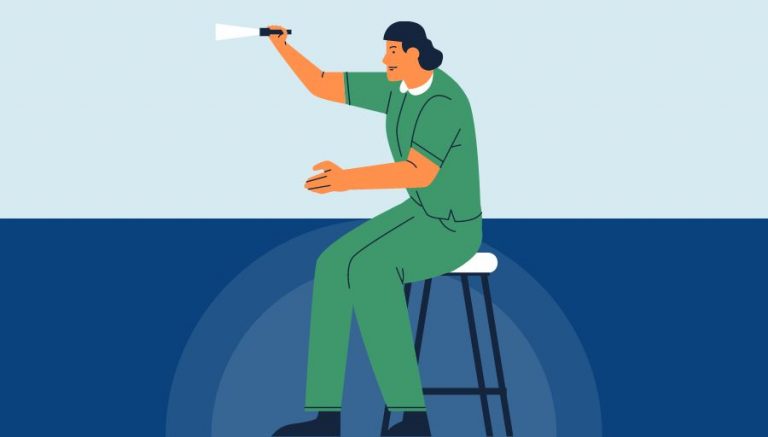How To Use CPT Code 45540
CPT 45540 describes a surgical procedure known as proctopexy, which is performed to treat rectal prolapse using an abdominal approach. This article will provide an overview of CPT code 45540, including its official description, the procedure involved, qualifying circumstances, appropriate usage, documentation requirements, billing guidelines, historical information and billing examples.
1. What is CPT Code 45540?
CPT 45540 is a code used to describe the surgical procedure of proctopexy, specifically when performed through an abdominal approach. This procedure involves making an incision in the lower abdomen to access the rectum and treat rectal prolapse. It is important to note that for a laparoscopic approach, a different code, such as 45400, should be used.
2. Official Description
The official description of CPT code 45540 is: ‘Proctopexy (eg, for prolapse); abdominal approach.’ This code is specifically used when the provider performs proctopexy using an abdominal incision to treat rectal prolapse.
3. Procedure
- The provider begins by making an incision in the lower abdomen, reaching the abdominal cavity.
- Retractors are then used to expose the rectum, allowing for direct visualization.
- The provider mobilizes the rectum from the sacrum and pushes it in an upward direction.
- The rectum is reattached to the sacrum using sutures or a mesh to provide support.
- Hemostasis is ensured, and the incision is closed in layers using sutures.
4. Qualifying circumstances
CPT 45540 is used for patients with rectal prolapse, a condition characterized by the drooping of the rectum due to laxity in the ligaments holding it. The procedure is performed by a qualified healthcare professional using an abdominal approach. It is important to note that this code is not applicable for laparoscopic procedures.
5. When to use CPT code 45540
CPT code 45540 should be used when a provider performs proctopexy through an abdominal approach to treat rectal prolapse. It is important to use the appropriate code based on the specific approach used during the procedure.
6. Documentation requirements
To support a claim for CPT 45540, the provider must document the following information:
- Patient’s diagnosis of rectal prolapse
- Details of the abdominal approach used for the procedure
- Date of the procedure
- Specific steps performed during the procedure, such as mobilization of the rectum and attachment to the sacrum
- Confirmation of hemostasis
- Details of the closure of the incision
7. Billing guidelines
When billing for CPT 45540, ensure that the procedure was performed using an abdominal approach. It is important to follow the specific guidelines provided by the payer regarding the use of this code and any associated modifiers. Additionally, be aware of any bundling or unbundling rules that may apply to this procedure.
8. Historical information
CPT code 45540 was added to the Current Procedural Terminology system on January 1, 1990. Since its addition, there have been no updates or changes to the code.
9. Examples
- A surgeon performs proctopexy through an abdominal approach to treat rectal prolapse in a patient.
- A gastroenterologist performs proctopexy using an abdominal incision to address rectal prolapse in a patient.
- A colorectal surgeon performs proctopexy through an abdominal approach to treat rectal prolapse in a patient with a history of chronic constipation.
- A general surgeon performs proctopexy using an abdominal incision to address rectal prolapse in a patient with a connective tissue disorder.
- An experienced proctologist performs proctopexy through an abdominal approach to treat rectal prolapse in an elderly patient.
- A surgical team performs proctopexy using an abdominal incision to address rectal prolapse in a patient with a history of multiple childbirths.
- A specialist in colorectal surgery performs proctopexy through an abdominal approach to treat rectal prolapse in a patient with a previous failed repair.
- A skilled surgeon performs proctopexy using an abdominal incision to address rectal prolapse in a patient with a history of chronic straining during bowel movements.
- An experienced gastroenterologist performs proctopexy through an abdominal approach to treat rectal prolapse in a patient with a history of pelvic floor dysfunction.
- A colorectal surgeon performs proctopexy using an abdominal incision to address rectal prolapse in a patient with a history of rectal prolapse recurrence.



